LATEST on Monday
CLICK HERE for the latest on the road blocks on Wednesday
- 'Yellow vest' protests enter their third day with around 358 operations
- Calls to 'block Paris' on Saturday
- Road blocks marred by racist and homophobic violence
- Fuel depots and refineries are blocked
- Exit and entry points to motorways also blocked
- British motorist and Australian truck driver arrested near Calais after driving through protesters
- Young protesters in serious condition after being hit by lorry
- French PM vows not to cave in to protests
Road blocks were put up across France for a third day on Monday despite the “yellow vest” movement being on a much smaller scale than was seen on Saturday.
“The movement is not exceptional… and obviously isn't as big as on Saturday,” Laurent Nunez, junior interior minister, told CNews, adding that police would continue to intervene to ensure major roads are not blocked.
READ ALSO:
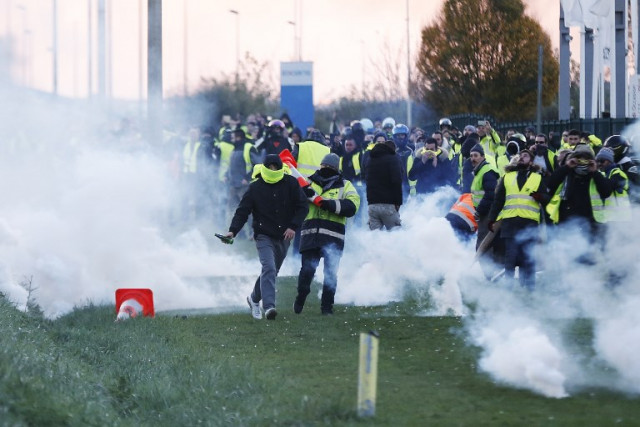 (Photo: AFP)
(Photo: AFP)
On Monday protesters, whose anger over rising fuel prices has been directed at President Emmanuel Macron, blocked several fuel depots around the country including one in Pallice near La Rochelle, Fos-sur-Mer near Marseille and Lespinasse near Toulouse.
At another fuel depot block in Vern-sur-Seiche near Rennes, dozens of “yellow vests” caused a traffic jam of 200 trucks (see tweet below).
There were also spontaneous road blocks and go-slows set up a roundabouts and motorway exit points across the country.
Vern sur seiche #giletsjaune https://t.co/9kkhNNIczc
— Pierrot (@PierrotEnVelo) November 19, 2018
There was also a call on Monday by a member of the rightwing Debout La France (Stand Up France) party for protesters to descend on Paris on Saturday and “block” the city which has been viewed over 165,000 times on Facebook.
Meanwhile there was another serious incident Sunday night in the town of Livron in the Drôme department in southeastern France when a drunk driver fired gun shots in the air. He was evacuated by the gendarmes and his vehicle was burned by the 'yellow vests' (see below).
Prudence et patience sur les zones de barrages. Un incident grave hier soir à Livron : un automobiliste a tiré des coups de feu en l'air. Il a été frappé et son véhicule incendié par des #giletsjaunes https://t.co/Grn7Xpe251 pic.twitter.com/tcQa1wh7GD
— France Bleu Drôme Ardèche (@francebleuDA) November 19, 2018
The latest reports at around 8am on Monday suggested the A7 was blocked in both directions near Avignon, blockades were also in place on the A51 near Sisteron.
Access to Nimes in the south east was “complicated” and there were at least three road blocks set up around Bordeaux.
In Bordeaux the Pont d'Aquitaine had been closed to traffic however the police moved in at around 12.30pm to clear the area in the direction of Paris and a road block was in place on Pont François-Mitterand.
There were also operations in place near Nantes, Rennes, Calais, Caen and Mans. The situation may change rapidly with the government insisting police will be sent in to move the protesters on and open up the roads to traffic.
This map below shows the locations of the latest blockades on Monday according to the site blocage17november.com. Use the zoom function to see if there are any roadblocks in your area.
This map below from Vinci autoroutes also shows the problems on part of France's motorway network on Monday morning. You can CLICK HERE for an interactive version.
Autoroute INFO which advises drivers on France's motorways warned on Monday morning that there were still protesters at tolls and motorway entrance points across the country.
It advised drivers to remain calm and not to turn around and drive in the opposite direction of traffic in order to avoid a blockade.
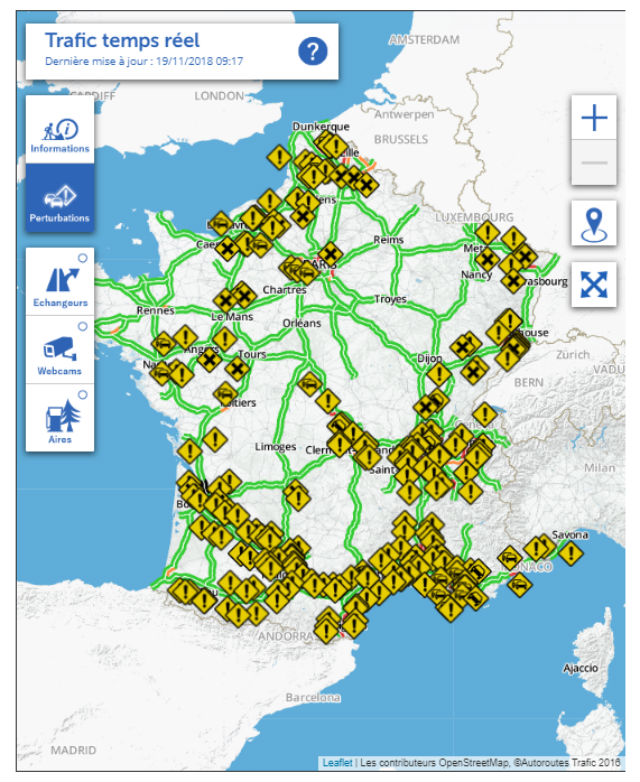
More than 400 people were hurt on Saturday, 14 seriously, in a day and night of “yellow vest” protests over rising fuel price hikes around France that claimed one life, Interior Minister Christophe Castaner said on Sunday.

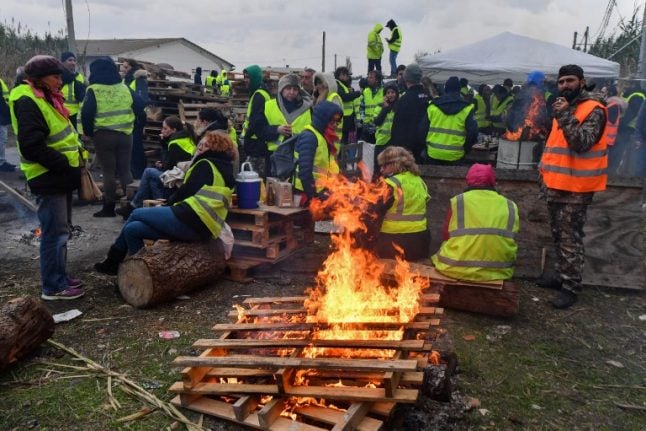
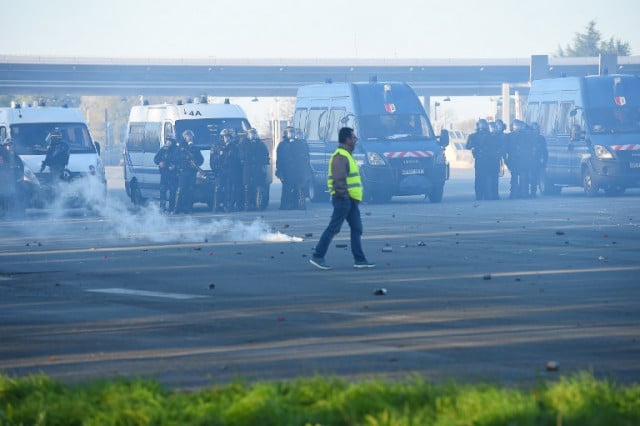
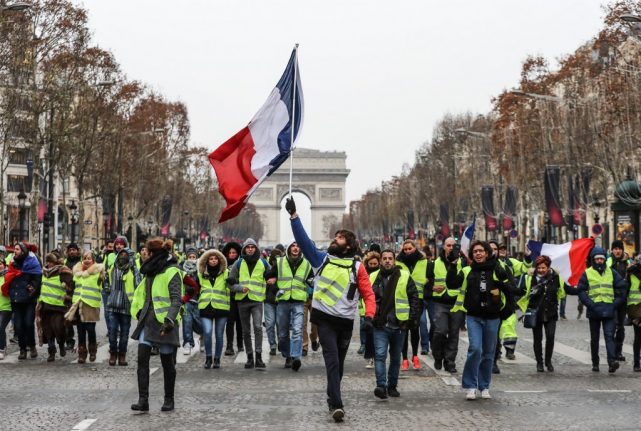
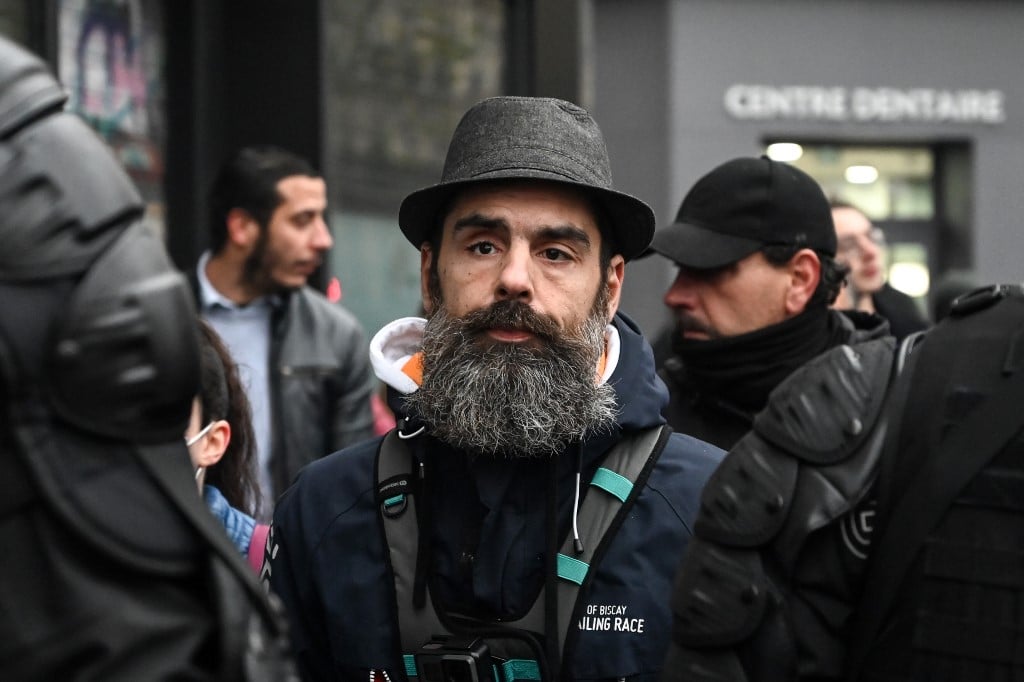
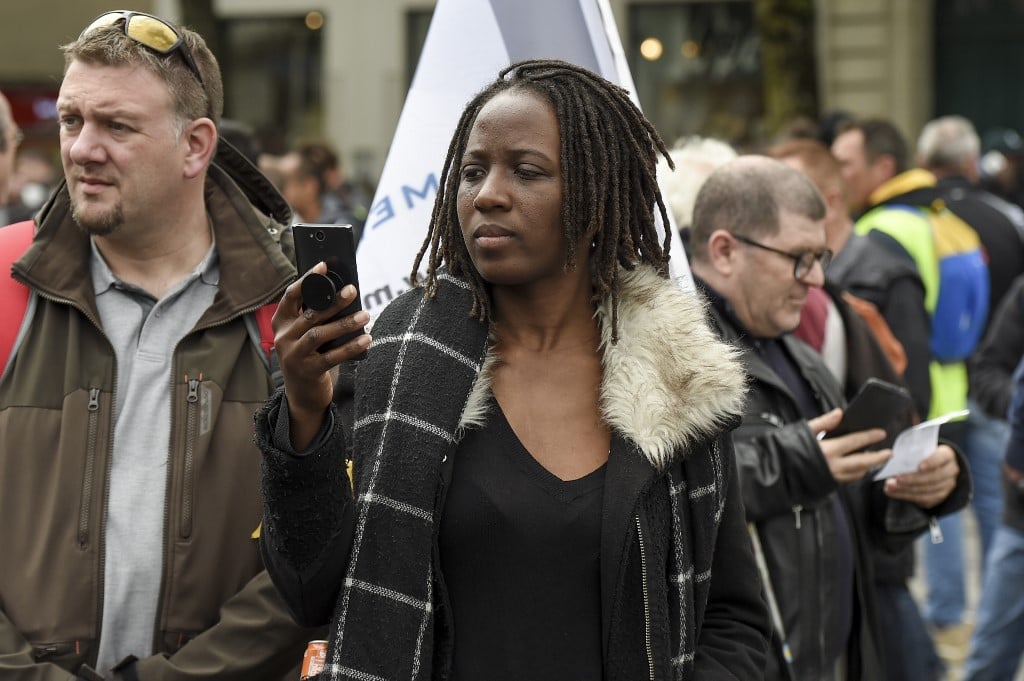
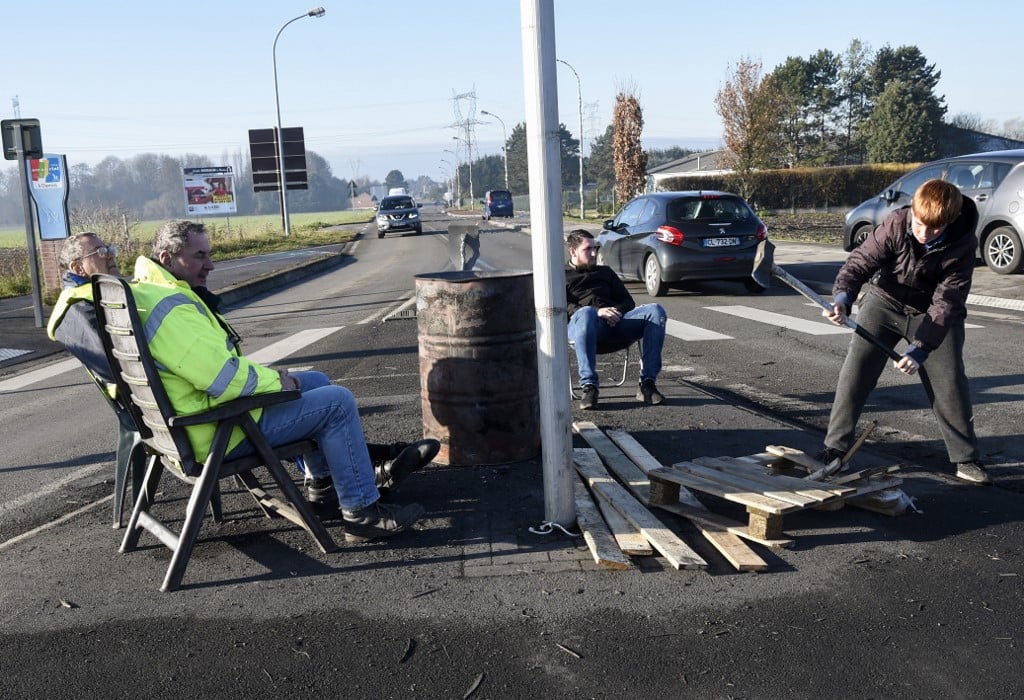
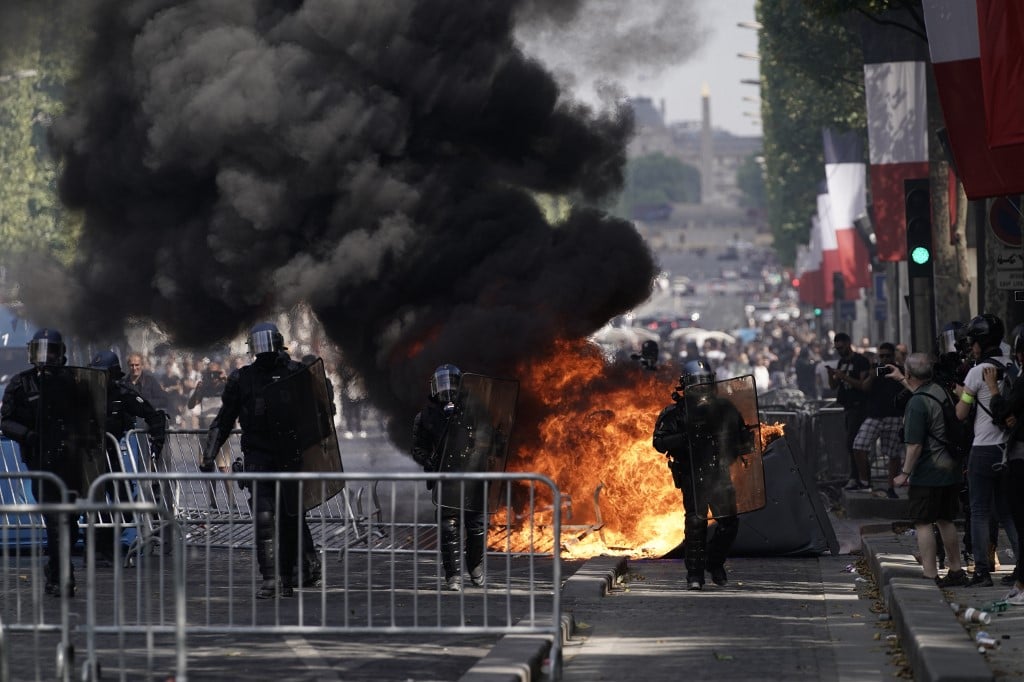
 Please whitelist us to continue reading.
Please whitelist us to continue reading.
Intimidating road users going about their legitimate business is not the way to make a point and I hope they all get arrested.
If I went and blocked their driveway, Plod would be there in an instant.